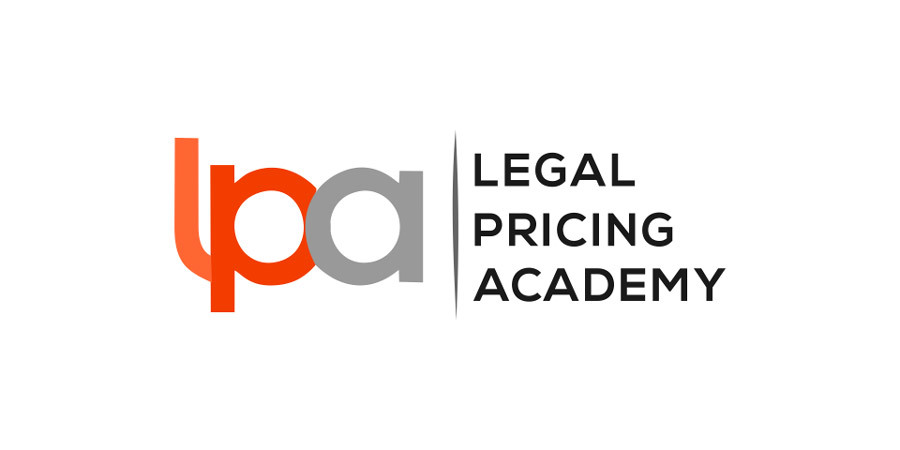It’s no secret that corporate legal departments have embraced the use of RFPs and other competitive bidding mechanisms to identify, vet and engage outside counsel. Consider keeping your powder dry for the ones that survive the firms' own triaging process.
It’s no secret that corporate legal departments have embraced the use of RFPs and other competitive bidding mechanisms to identify, vet and engage outside counsel. In late July, LexisNexis® USA conducted a survey to attempt to quantify law firm RFP response efforts.
Key Findings
A surprising number of the survey respondents simply did not know the level of RFP activity under way at their firms. With 359 participants, almost 41 percent were unable to answer the first question quantifying monthly RFP activities.
Accordingly, the key findings in the report are based on 213 respondents who passed the first question gateway.
- Overall, firms are responding to an average of 5 to 16 proposals each month with larger firms engaged in a higher volume of RFP activities than their counterparts in smaller firms.
- Although 68 percent of firms are handling an average of 10 or fewer RFPs every month, it’s a different story at the high end. 15 percent of the respondents are juggling more than 21 activities each month, which equates to a run rate greater than 250 proposals a year.
- 42 percent of respondents saw an increase in RFP activity at their firms over the past 12 months. An identical 42 percent believe the volume of RFP activity has stayed the same.
- Responding to RFPs, pitches and proposals puts a strain on practice resources. While some 46 percent of RFP responses can be handled with fewer than 20 hours of effort, that total also means the majority of work takes even more time. The survey selections topped out at 40+ hours per RFP response, a category that still garnered 7 percent of the replies.
- Based on all the replies, the average hours-per-proposal figure increased with firm size … ranging from 19.6 to 25 hours. Interestingly, this question also earned a relatively high “don’t know” response rate of 22.6 percent. Although the survey audience could address volume and growth rate questions, they were unaware of the amount of effort required from the firm to handle that workflow.
- By combining average RFP volumes and average hours-per-proposal, it’s possible to assess the growing impact of these kinds of activities on legal firms. For smaller firms (up to 100 lawyers), the lower proposal count and hours required per response still adds up. On a yearly basis, it totals 1,175 hours of effort which is enough to fund more than half of a full-time equivalent (FTE) employee. For the largest firms (over 500 lawyers), the average yearly total came to 4,800 hours, representing 2.3 FTEs.
- For all the time and effort devoted to RFPs, pitches and proposals, only a modest 58 percent of respondents verified they bother to track wins and losses. 25 percent placed themselves in the “don’t know” or “maybe” category; and 17 percent were willing to admit they do not track.
What now?
So what does it all mean and where do we go with it? This is a nice little bit of research but it would have been good to have seen more depth to it with questions that would elicit the time split between partners and others working on proposals and also some stats around success rates.
Nonetheless, the essential findings are sound; firms are devoting substantial resources at considerable cost to responding to RFPs and their ilk. As with any significant business development activity and indeed with any significant cost, the firm should have a good handle on the ROI of that time, effort, money and other resources. The report alludes to the current failings in that regard.
However, I have a more fundamental question. When we are invited to pitch or a partner tells us that such and such company’s work is on the block and we must be in there, I ask ‘why?’
The fact of the matter is that many firms should never touch many of these invitations or temptations with the proverbial 40-foot barge pole. And if you are minded to do so, you should make sure that you are not being forced to do so on a platform of information asymmetry.
It is important to ask some reasonable questions that are designed to help you understand whether you are just someone else’s play thing. For example:
- What is the process for evaluating firms and their proposals?
- Who is the ultimate decision maker and will we have any opportunity to interact with them or is someone else running interference?
- How many bidders are being considered and who are they?
- How many firms does the client wish to end up with?
- What are the selection and evaluation criteria?
- When and how do we get an opportunity to understand how we can add more value to the relationship?
- If you have no existing relationship with the client, why are you being asked to bid?
Without this information (and much more), you will never know whether you are a serious contender or whether you have simply been brought into the process to drive down the preferred incumbent’s pricing or unwittingly participate in some other charade.
Unwillingness or inability to provide you with responses to a considered list of information items should serve as your first alarm bell.
Firms could save themselves a great deal of time, effort and cost and improve their strike rate by being a little more discriminating about which ring they throw their hats into. Keep your powder dry for the ones that pass your triaging process. If you need help to do so, give us a shout….

